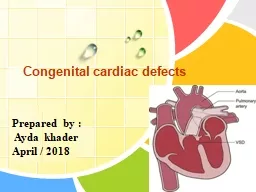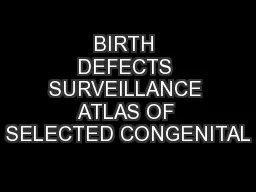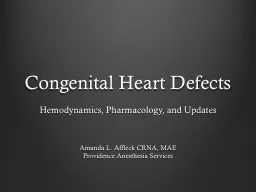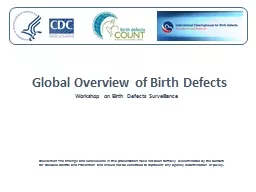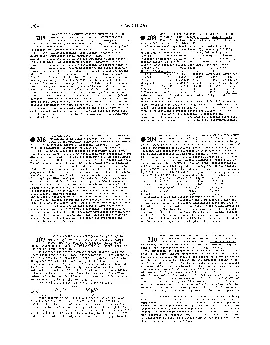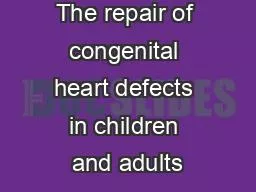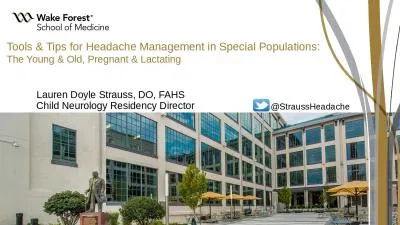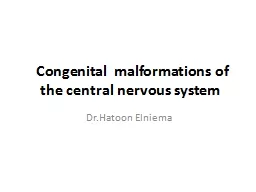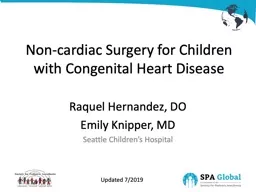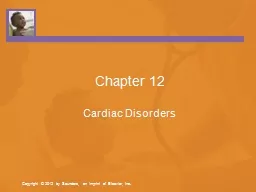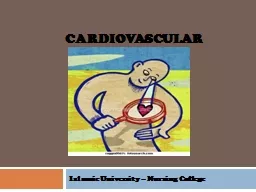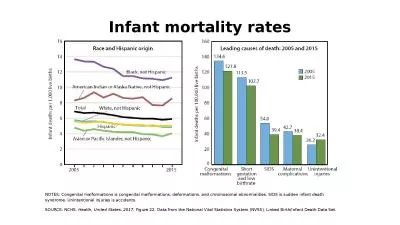PPT-Congenital cardiac defects
Author : joyce | Published Date : 2022-02-24
Prepared by Ayda khader April 2018 Babies born with congenital heart defects is the second largest group of babies born with abnormalities Incidence 81000
Presentation Embed Code
Download Presentation
Download Presentation The PPT/PDF document "Congenital cardiac defects" is the property of its rightful owner. Permission is granted to download and print the materials on this website for personal, non-commercial use only, and to display it on your personal computer provided you do not modify the materials and that you retain all copyright notices contained in the materials. By downloading content from our website, you accept the terms of this agreement.
Congenital cardiac defects: Transcript
Download Rules Of Document
"Congenital cardiac defects"The content belongs to its owner. You may download and print it for personal use, without modification, and keep all copyright notices. By downloading, you agree to these terms.
Related Documents

